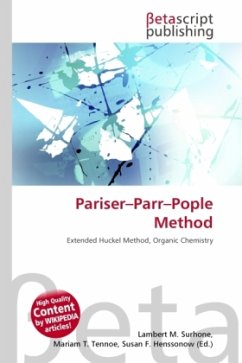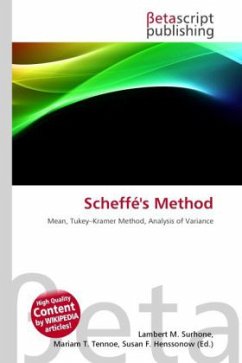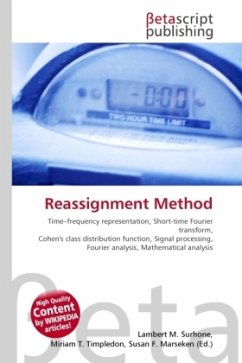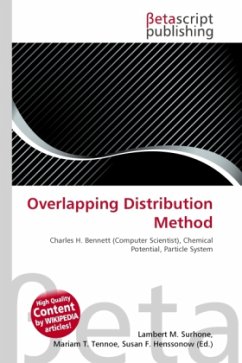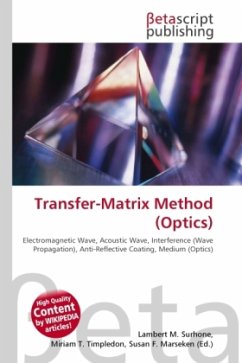High Quality Content by WIKIPEDIA articles! In molecular physics, the Pariser Parr Pople method applies semi-empirical quantum mechanical methods to the quantitative prediction of electronic structures and spectra, in molecules of interest in the field of organic chemistry. Previous methods existed, such as the Hückel method which lead to the Hückel's rule, but were limited in their scope, application and complexity, as is the Extended Huckel method. This approach was developed in the 1950s by Rudolph Pariser with Robert Parr and co-developed by John Pople. It is essentially a more efficient method of finding reasonable approximations of molecular orbitals, useful in predicting physical and chemical nature of the molecule under study since molecular orbital characteristics have implications with regards to both the basic structure and reactivity of a molecule. This method used the zero-differential overlap (ZDO) approximation to reduce the problem to reasonable size and complexity but still required modern solid state computers (as opposed to punch card or vacuum tube systems) before becoming fully useful for molecules larger than benzene.
Bitte wählen Sie Ihr Anliegen aus.
Rechnungen
Retourenschein anfordern
Bestellstatus
Storno

